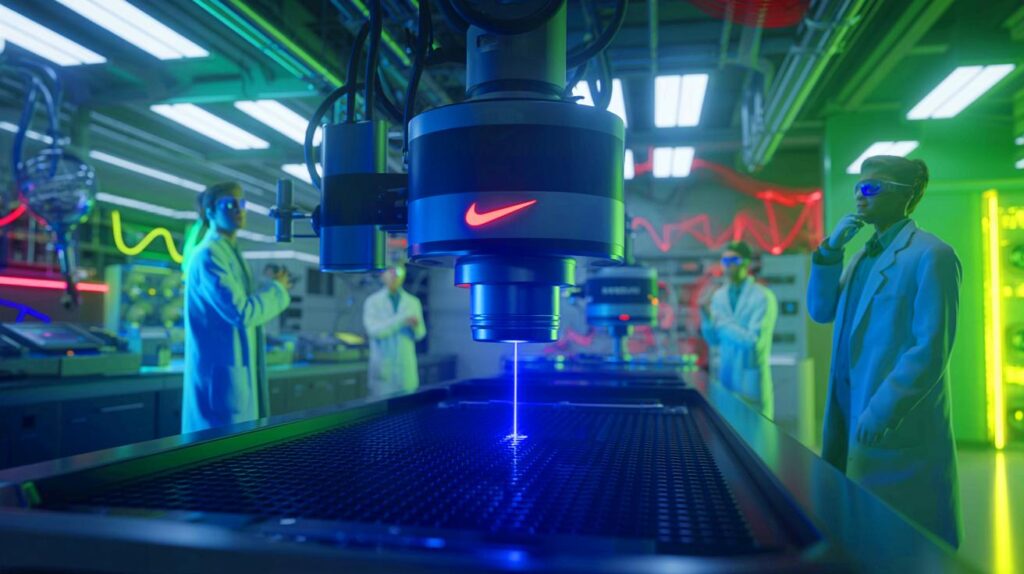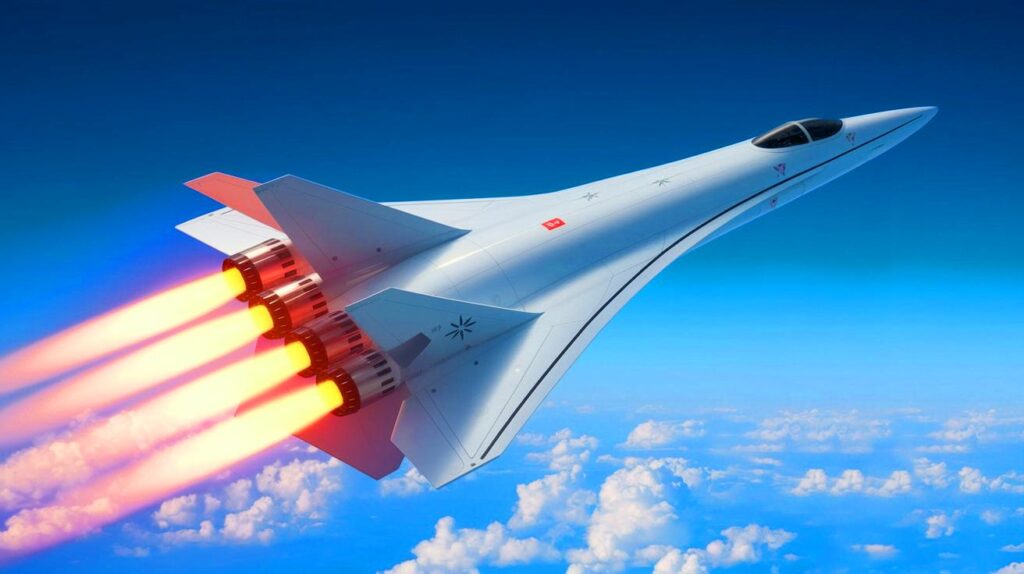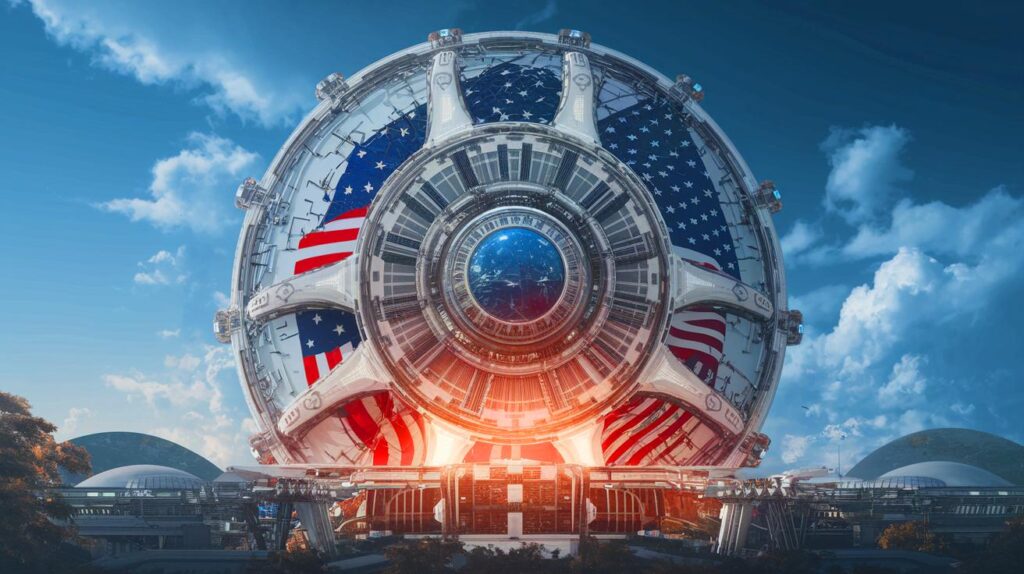| In Brief |
|
The U.S. Naval Research Laboratory (NRL) has recently announced a significant shift in the application of its NIKE laser, the world’s most powerful krypton-fluoride laser. Initially designed to support the Department of Energy’s missions, this laser will now be utilized for maintaining the U.S. nuclear arsenal by creating extreme physical conditions similar to those encountered by nuclear weapons. This decision represents a significant advancement in nuclear defense and aligns with a broader strategy to enhance the nuclear deterrent of the United States.
Enhancing Nuclear Deterrence with Lasers
The NIKE laser will play a crucial role in evaluating and bolstering the nuclear deterrent capabilities of the United States. By simulating the extreme conditions of heat, pressure, and radiation that nuclear weapons and their delivery systems endure, NIKE will enable testing of the survivability of nuclear platforms. Such tests are essential to ensure that American weapon systems remain reliable and operational under simulated combat conditions.
Beyond validating existing systems, NIKE will explore physical phenomena associated with nuclear explosions and space environments. Thus, it will help bridge critical knowledge gaps regarding the behavior of materials and systems during nuclear events, a crucial aspect for maintaining a credible nuclear arsenal without resorting to actual tests. Furthermore, it will continue to be used to refine high-speed imaging and spectroscopy tools, such as X-ray diagnostics, to analyze nuclear and high-energy experiments.
Utilizing Plasmas
The NIKE laser at NRL is employed to create and study plasma, an extremely hot and electrically charged state of matter. This phenomenon is observed in extreme environments such as nuclear explosions and stars. By using powerful laser beams, scientists can recreate these extreme conditions in the laboratory and understand how materials and systems behave under high pressures, temperatures, and radiations.
NRL’s Plasma Physics Division conducts this research with the aim of improving national defense technologies. They focus on experiments and computational simulations to study plasma behavior, including fusion energy, nuclear effects, and space weather. By investigating plasmas with the NIKE laser, researchers are helping to ensure that American nuclear weapons and associated systems function correctly in extreme situations. This research also supports other areas such as fusion energy, high-velocity weapons, and materials science.
The Most Powerful Laser in the World
Constructed in 1995, the NIKE laser is the world’s most powerful krypton-fluoride laser, operating at a wavelength of 248 nanometers with an energy output of 2 to 3 kilojoules. Its unique capabilities allow for the generation of strong and stable shock waves and the creation of exceptionally clean experimental conditions to study extreme physical states of matter.
For the Naval Research Laboratory, collaboration with the United States Air Force represents a significant step forward in simulating and understanding the extreme environments that nuclear assets must face. The unique capabilities of NIKE’s laser and diagnostics are unparalleled, filling critical gaps in assessing the survivability of our platforms. With similar laser systems being developed by China and Russia, the United States seeks to maintain its technological edge.
Partnerships and Innovations
The collaboration between NRL and the Air Force Research Laboratory represents a crucial step in understanding the extreme environments that nuclear systems must confront. Innovations brought about by the NIKE laser have already contributed to significant advancements, notably in supporting the National Ignition Facility, which recently succeeded in extracting more energy from a fusion reaction than was required to initiate it. These advancements underscore the importance of remaining at the forefront of defense research.
The maintenance and upgrading of the NIKE are part of a strategy to avoid falling behind in this crucial area of defense research. As international competition intensifies, collaboration between different military branches and research entities in the United States is essential to ensure national security and the efficacy of nuclear weapon systems.
The repurposing of the NIKE laser by the NRL highlights the growing importance of advanced technologies in the framework of the United States’ national defense strategy. Could the advancements achieved through NIKE redefine the landscape of nuclear deterrence globally?







